In 1900, public spaces featured prominently in Nairobi’s Urban Planning Master plan occupying 29.25 percent of the total land within the planning boundary. Then, the public open spaces played an integral part of the city’s life earning Kenya’s capital the moniker, the Green City in the Sun. They served as points of recreation providing social benefits acting as destinations for play and recreation, mediation, picnics, walking, exercising and jogging for fitness enthusiasts.
However, due to rapid population growth and attendant urbanisation necessitating infrastructure development coupled with encroachment and neglect, the public spaces have been shrinking with each passing day. Nairobi currently has six major public open spaces: Uhuru/Central Park, Jamhuri Park, City Park, Arboretum, Kamkunji, Jevanjee Gardens, Karura Forest and Ngong Road Forest.
A September 2020 report by the UN-Habitat Kenya — the Nairobi City County Public Space Inventory and Assessment Report — indicated that the capital city has more than 826 public spaces comprising 99 playgrounds, 51 sports fields, 15 parks and 19 gardens, among others. But on the ground, the picture is different as most of the public open spaces are getting less visible and are under threat of being wiped out.
Read the full article on Business Daily Africa
Author: Collins Omulo
Recommended by Stephanie Cheung


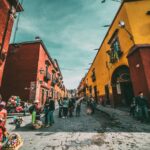
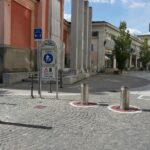


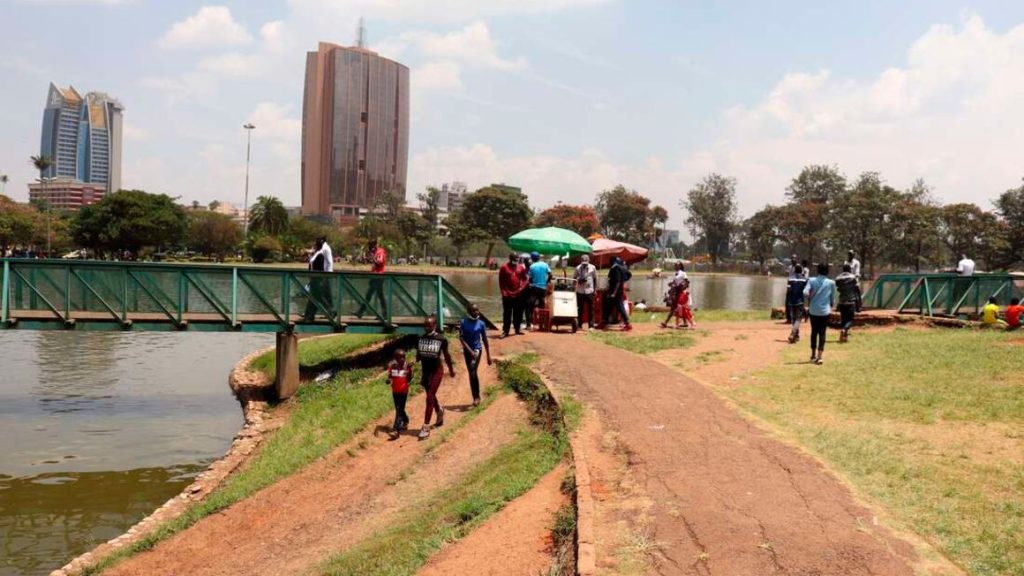

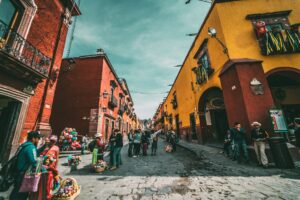
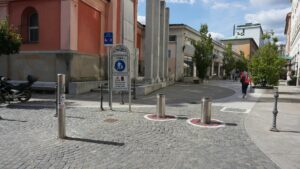

More Stories
10 years of Global Public Space Programme – Annual Report 2022 and reflections on a Decade of Public Space
SDG 11: Progress, challenges, lessons learned and tools for sustainable transformation of cities
Can public spaces be designed and managed for all in African cities?